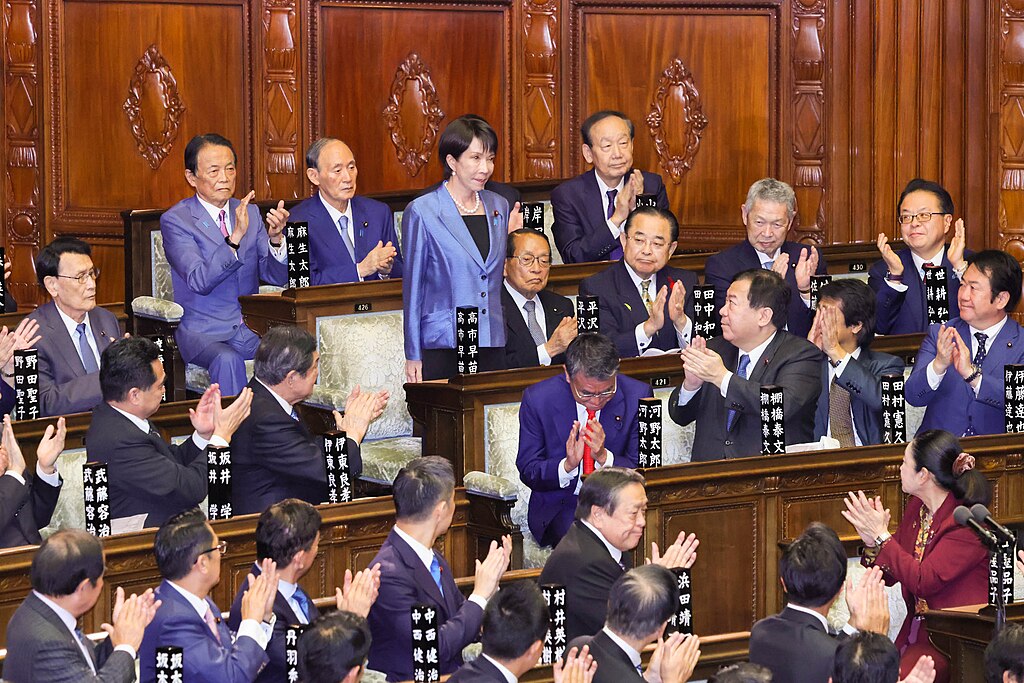
Japan has elected its first female Prime Minister. Sanae Takaichi won 237 votes while Yoshihiko Noda head of the largest opposition won 149 votes in the lower house, which is responsible electing the prime minister of the nation. She also won 125 votes in the upper house as the leader of the ruling party, the Liberal Democratic Patty. She has replaced Shigeru Ishiba, who remained in the post for only one year. He and his cabinet resigned earlier, for a successor to be voted to the post.
Takaichi’s party the Liberal Democratic Party sided with the Japan Innovation Party, Ishin no Kai to clinch the post. The party is considered to be right wing and is based in Osaka. It is a new alliance, and its success has been attributed to disunity among the opposition instead of a stable coalition.
Despite winning the parliamentary vote, Takaichi can face pitfalls while trying to pass legislation as the alliance does not have a majority in either house of parliament. It will need votes from opposition groups, and this does not bode well for the future of the alliance.
Takaichi is a staunch conservative and has to deal with a myriad of problems including the rising cost of living in Japan. She is the fourth Prime Minister in five years and all her predecessors faced scandals and public frustration before they stepped down.
The newly elected 64-year-old also faced challenges when longtime partner Komeito party withdrew support from the earlier coalition. Right wing Japan Innovation Party offered last minute support, but the coalition is new and not strong enough on its own.
Takaichi is an experienced politician and has held many ministerial roles but still has many challenges ahead in foreign relations with neighbors including the US, China and South Korea. She also has to rebuild the popularity of her party and her administration among the general population in Japan as she walks on a tight rope between her beliefs, and those of the Japanese and the neighbors of Japan.


